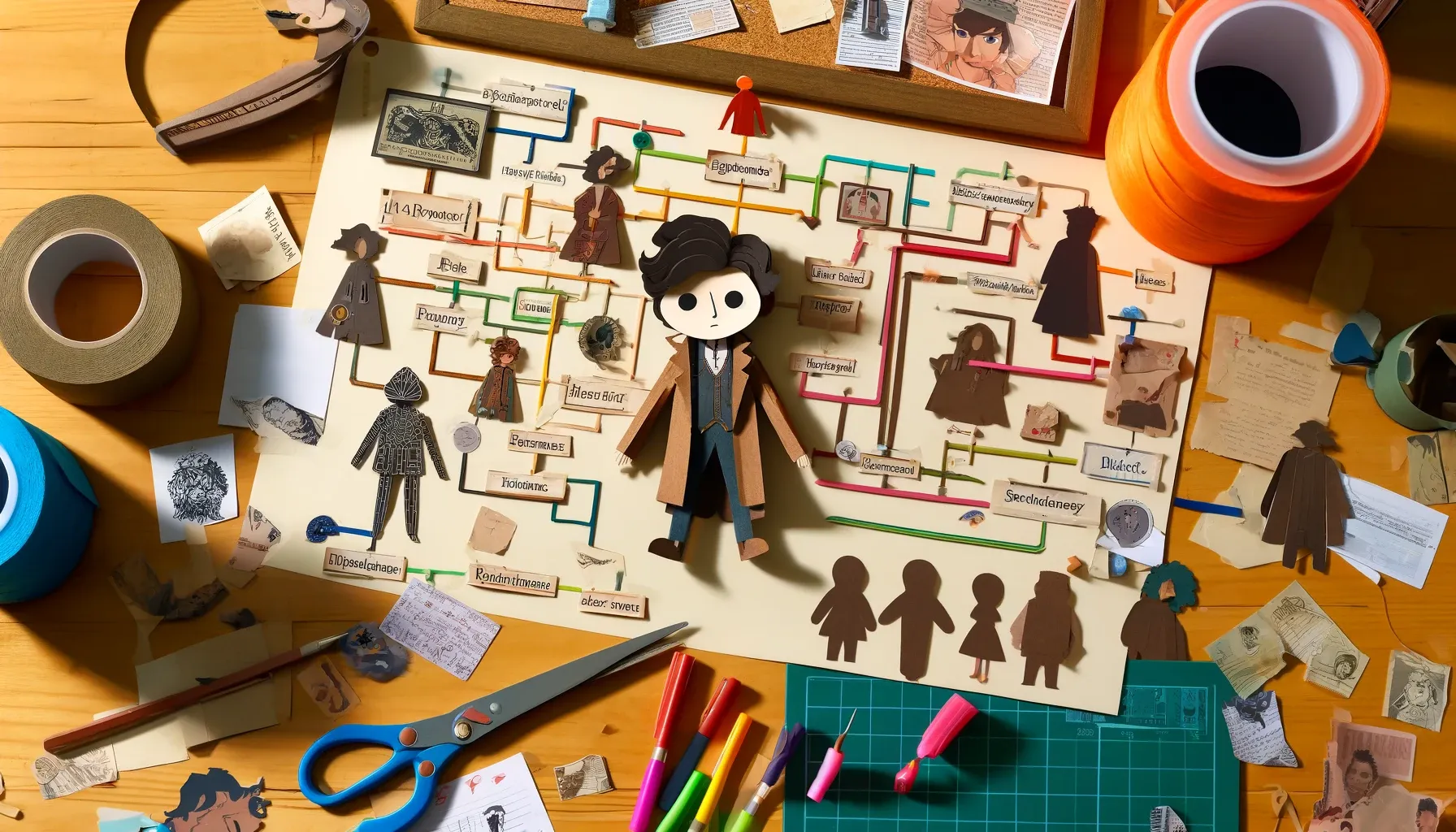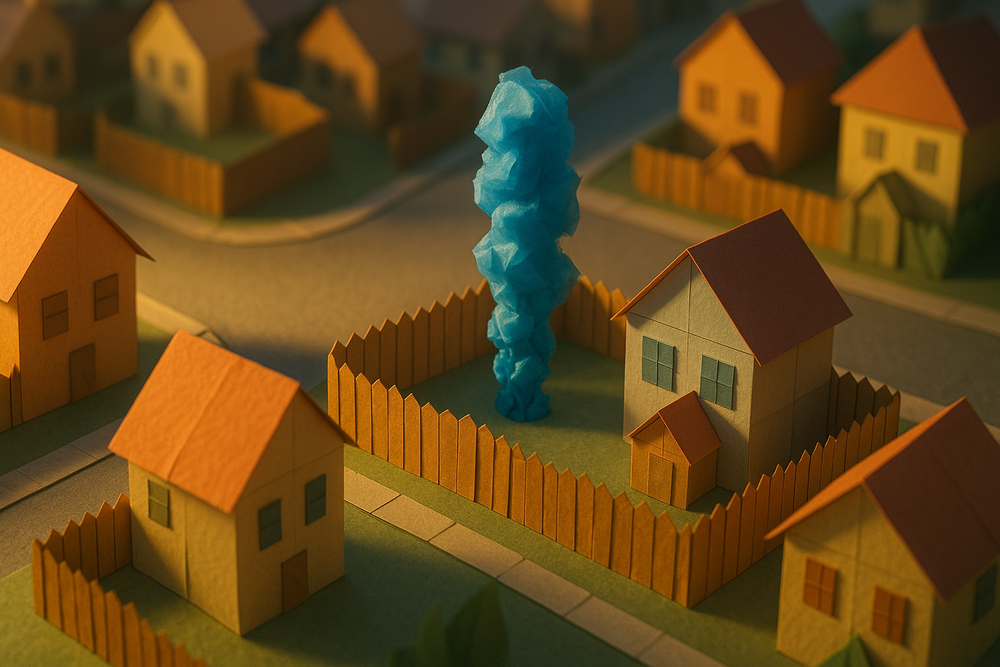Hello, dear readers!
Welcome back to another deep dive into the art of storytelling. Today, we're focusing on another of the many aspects of any narrative: developing strong protagonists. A compelling protagonist can elevate your story, drawing readers in and keeping them engaged from the first page to the last. Whether you're writing an epic fantasy, a heart-wrenching drama, or a thrilling adventure, your protagonist serves as the anchor of your tale. So, let's explore the elements that make a protagonist memorable and impactful.
The Importance of a Strong Protagonist
At the heart of every great story is a protagonist who captures the reader's attention and evokes empathy. This central character is more than just a participant in the plot; they are the lens through which readers experience the world you've created. A well-developed protagonist provides a connection point for the audience, making the story's events feel immediate and personal.
The journey of the protagonist often mirrors the themes and messages you wish to convey. Their struggles, triumphs, and growth serve as a reflection of the broader narrative arc. When readers see a part of themselves in the protagonist, they become emotionally invested in the story. This emotional engagement is what transforms a good story into a great one.
Building a Multi-Dimensional Character
Creating a multi-dimensional protagonist involves more than just giving them a name and a backstory. It's about crafting a fully realized person with strengths, weaknesses, desires, and fears. One effective way to achieve this is by considering the protagonist's internal and external characteristics.
Internal characteristics include the protagonist's thoughts, emotions, beliefs, and motivations. These elements define who they are at their core and drive their actions throughout the story. For example, a protagonist might be driven by a desire for justice, a need for acceptance, or a fear of failure. Understanding these internal motivations helps you create a character whose actions are consistent and believable.
External characteristics encompass the protagonist's physical appearance, behavior, relationships, and environment. These aspects shape how the character interacts with the world and how others perceive them. A protagonist's appearance might influence their self-esteem or how they are treated by others, while their environment can impact their opportunities and challenges.
To develop a well-rounded protagonist, it's essential to explore how these internal and external characteristics interact. For instance, a character's fear of failure (internal) might cause them to avoid taking risks, which could limit their career opportunities (external). Conversely, a supportive relationship (external) might bolster the character's self-confidence (internal).








